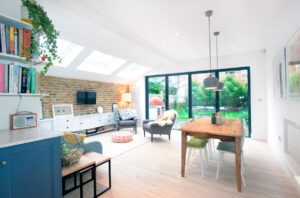Creating an aesthetically pleasing, and functional interior is an art form. Whether designing your dream home, renovating a room, or simply looking to refresh your living space, your interior designer will be pivotal in bringing your vision to life.
In this article, we’ll guide you through the process of choosing the perfect interior designer for your home. Interior design is not just about aesthetics; it’s about creating spaces that enhance your well-being. Therefore, choosing the right interior designer will significantly influence the ambience, comfort, and functionality of your home.
We’ll explore essential factors to consider when selecting an interior designer, including their experience, design philosophy, qualifications, and portfolio. But there’s much more to it than that. We’ll also look at their communication skills, project management capabilities, and how well they collaborate with other professionals like architects and contractors.
Furthermore, we’ll discuss the significance of understanding your style and ensuring your chosen designer aligns with your aesthetic preferences. We’ll explore the role of an interior designer in maximising the functionality of your space and ensuring they cater to your specific needs and lifestyle. By the end of this article, you’ll be well-equipped to decide how to choose the right interior designer for your extension.
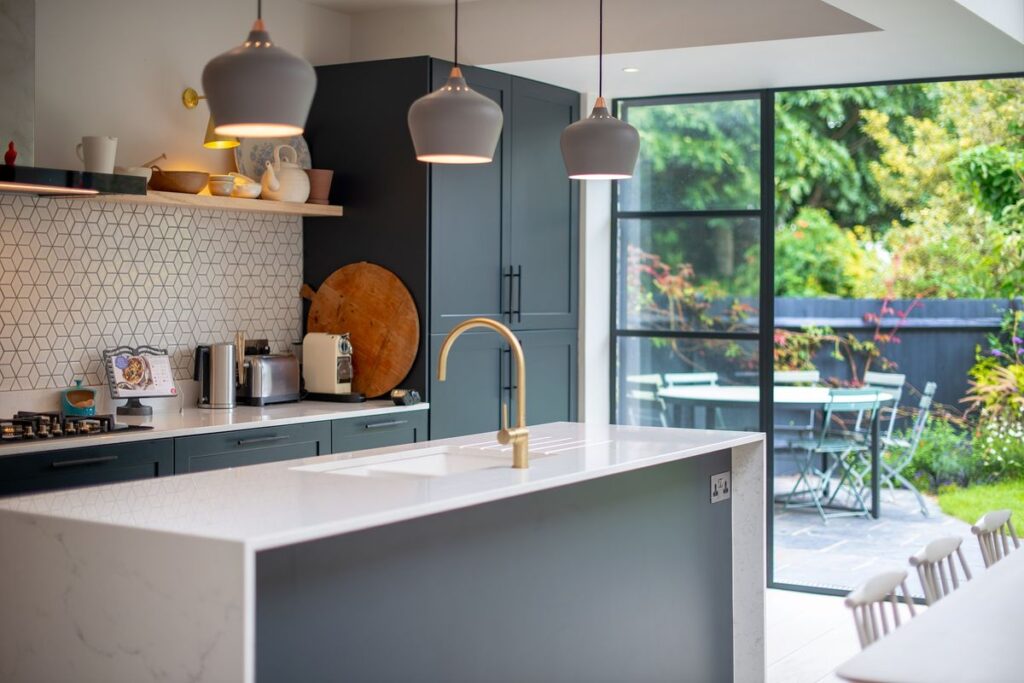
Experience and Portfolio
Portfolio Review: Examine the interior designer’s portfolio to assess their style, range of projects, and design versatility. Look for projects that resonate with your vision, whether you’re aiming for a classic, contemporary, eclectic, or minimalist design.
Project Scale: Consider the scale of their previous projects. An interior designer experienced in residential homes will have valuable insights into creating a stylish and functional home that meets your specific needs and preferences.
Client References: Request client references to gain insights into their professionalism, communication skills, and overall experience working with them, ensuring that their past clients’ experiences align with your expectations for your interior design project and that you can anticipate a smooth and satisfactory collaboration.
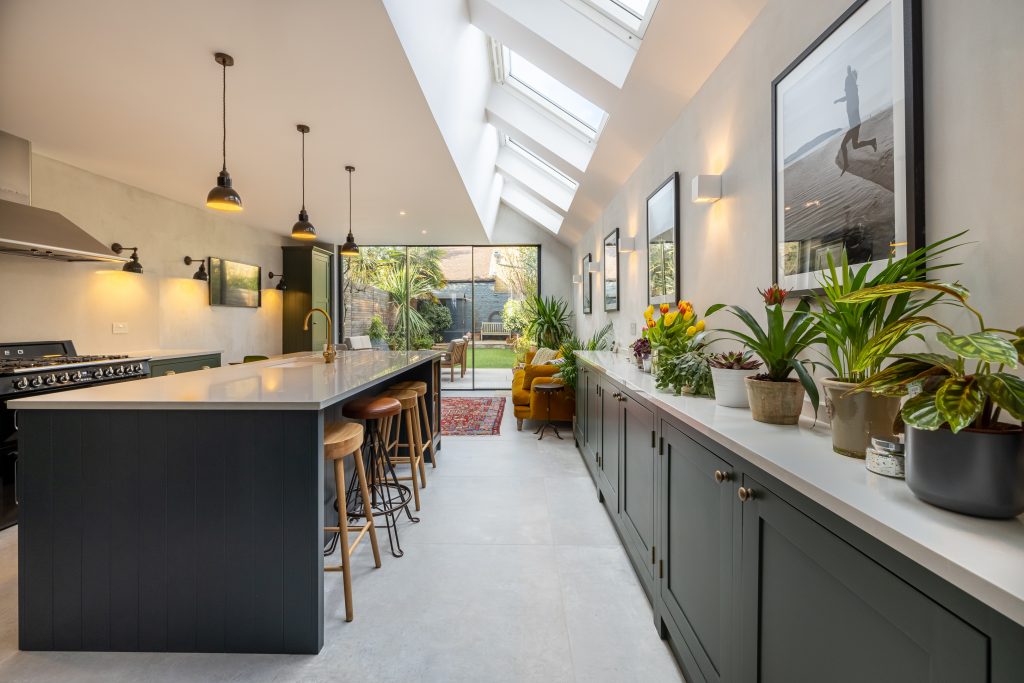
Design Philosophy and Compatibility
Aesthetic Alignment: Ensure the designer’s design philosophy aligns with your vision, discussing your preferences, from colour palettes and materials to furniture styles, to gauge their ability to bring your ideas to life and create a truly harmonious space.
Personal Connection: Building a solid working relationship is crucial; choose an interior designer with whom you feel a personal connection, as this can lead to a more collaborative and enjoyable design process, ensuring a smoother and more satisfying journey.
Innovative Thinking: Seek out designers who can offer creative solutions to design challenges, maximising the potential of your space while staying true to your style, ultimately resulting in a design that’s not only beautiful but also uniquely functional.
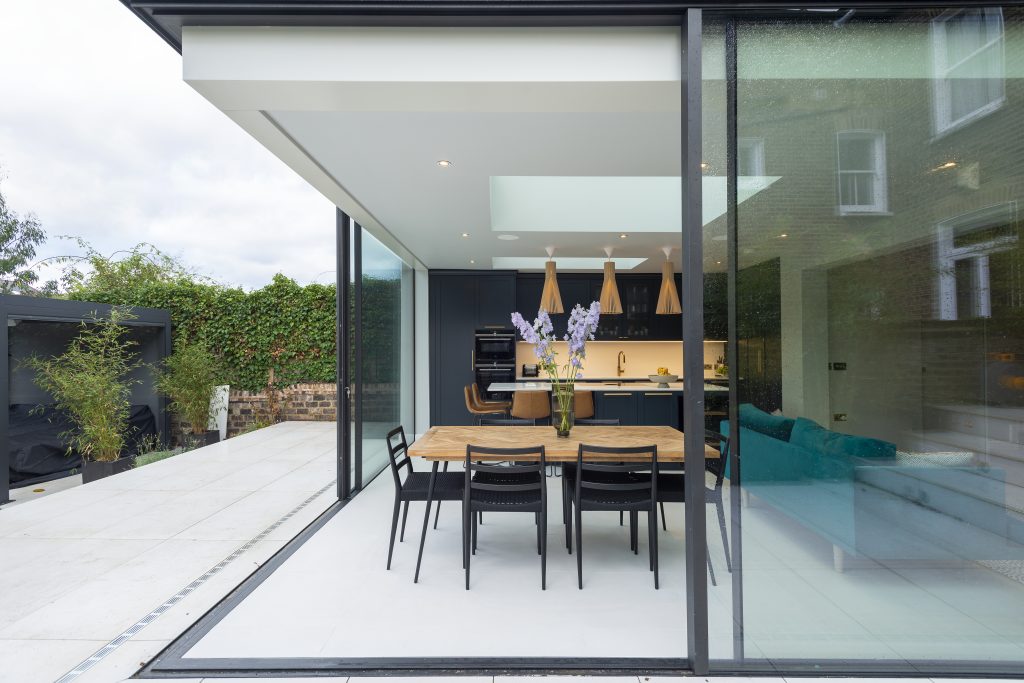
Qualifications and Credentials
Certifications: Verify that the interior designer holds relevant certifications and memberships in professional organisations, such as the British Institute of Interior Design (BIID) or the Society of British and International Design (SBID), ensuring they adhere to UK industry standards.
Licensing: In the UK, interior designers do not require specific licensing, but it’s crucial to ensure that your designer complies with local regulations and industry standards, providing you with peace of mind regarding their professionalism.
Continuing Education: Enquire about their commitment to staying updated with industry trends and best practices as design trends evolve over time. A designer’s dedication to ongoing development demonstrates their commitment to delivering contemporary and informed designs.
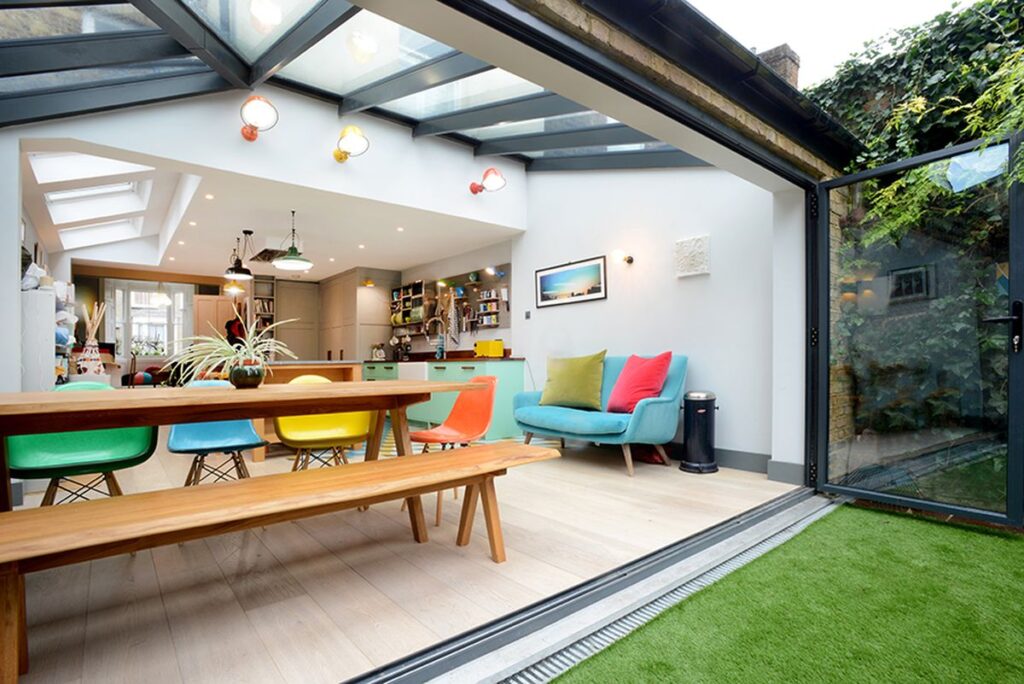
Project Management and Collaboration
Project Approach: It’s essential to understand their approach to project management, including timelines, milestones, and how they address potential issues or design changes. This comprehensive view ensures you’re on the same page from the start, minimising surprises and delays while keeping the project on track.
Team Collaboration: Collaboration is key in interior design, as designers often work alongside architects, contractors, and other specialists. Ensure they have experience working with these professionals to streamline the project, foster effective communication, and facilitate a harmonious working environment.
Budget Management: Discuss their experience in managing project budgets, handling cost overruns, and helping you prioritise spending to achieve your design goals. A designer skilled in budget management can help you make informed decisions, ensuring your resources are allocated efficiently without compromising the quality and aesthetics of the project.
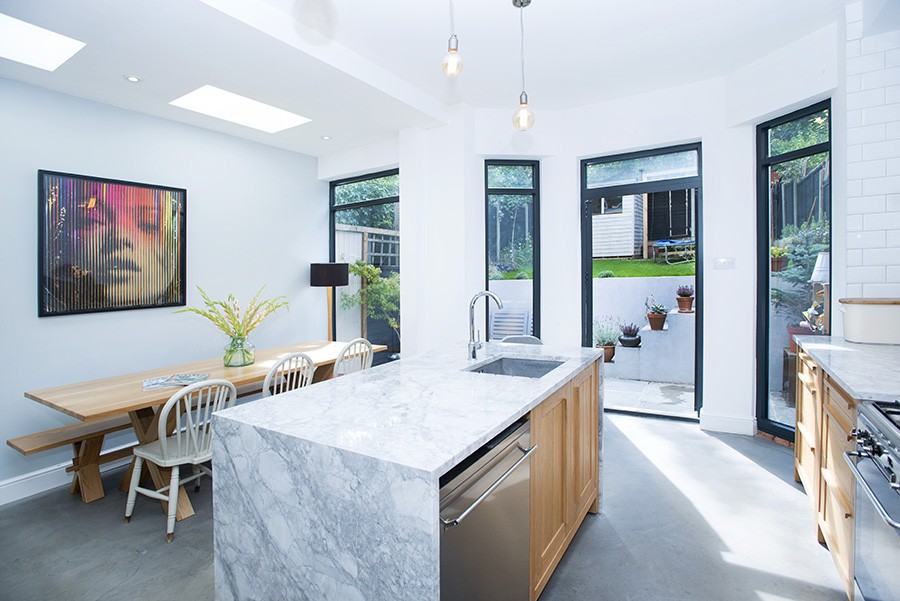
Understanding Personal Style
Style Consultation: Effective interior designers prioritise understanding your style and preferences by engaging in detailed discussions to create a design that reflects your unique tastes. This personalised approach ensures your space truly reflects your personality and lifestyle.
Adaptability: A skilled designer can adapt their style to accommodate your vision, whether it’s a rustic farmhouse, a sleek urban loft, or anything in between. This flexibility allows you to maintain a cohesive and customised design, even if your preferences evolve during the project.
Functional Considerations: Beyond aesthetics, the designer should also consider the functionality and practicality of the space, ensuring it aligns with your lifestyle and needs. This holistic approach results in an interior that looks stunning and enhances your daily life, making it more comfortable and efficient.
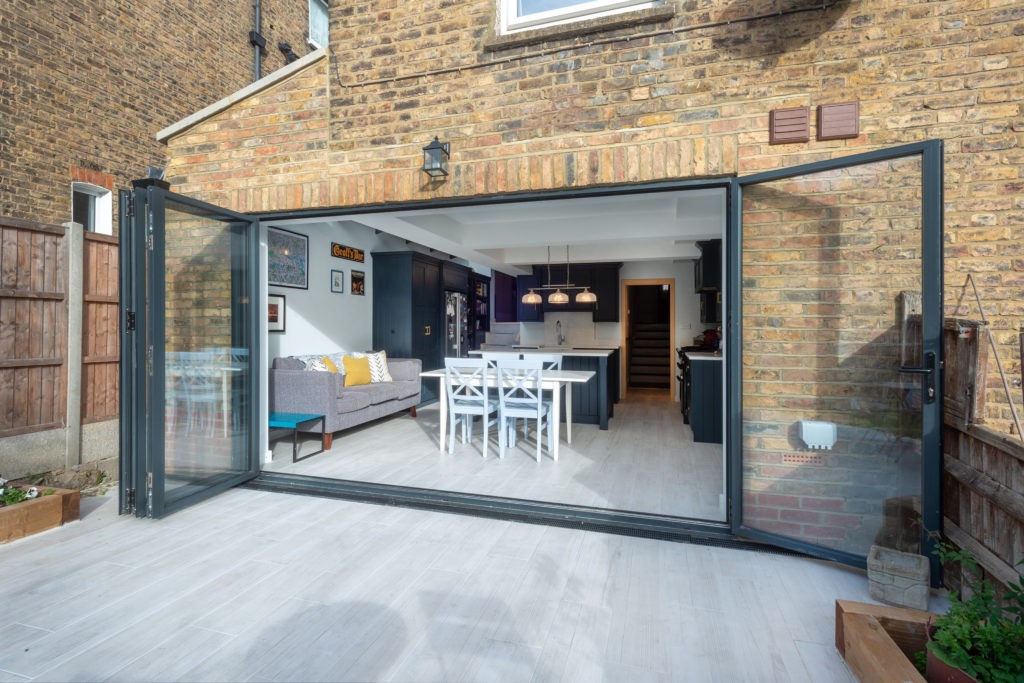
Sustainable Design and Eco-Friendliness
Green Building Practices: Sustainability is increasingly important, and it’s vital to seek designers who incorporate eco-friendly design practices, energy-efficient fixtures, and sustainable materials to reduce the environmental impact of your project, ensuring your home aligns with modern environmental standards.
Material Selection: Discuss their approach to material selection, favouring sustainable, recycled, or locally sourced materials when appropriate; this eco-conscious choice not only benefits the planet but also contributes to a unique and responsible aesthetic for your space.
Long-Term Sustainability: Sustainable design benefits not only the environment but also your long-term energy and maintenance costs; a designer well-versed in sustainable design can offer these advantages, creating a space that continues to benefit you and the planet over the years.
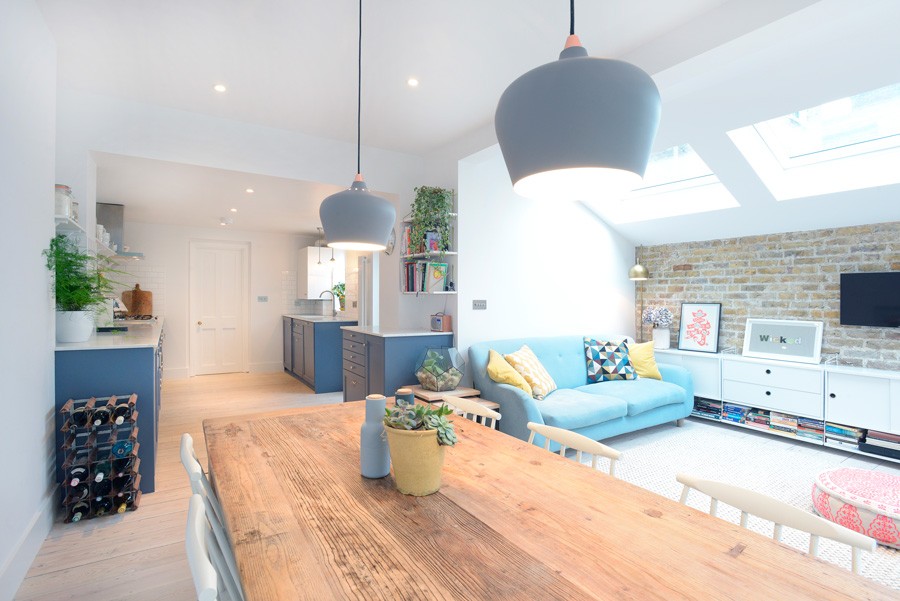
Communication and Transparency
Clear Project Brief: Effective designers should seek to understand your vision thoroughly, asking detailed questions, actively listening, and documenting your preferences to create a clear project brief, which serves as the foundation for the design process and ensures your expectations are met.
Regular Updates: Designers should provide regular project updates, hold meetings to discuss progress, and keep you informed about milestones and potential challenges, fostering transparency and ensuring you remain engaged and informed throughout the design journey.
Accessibility: Accessibility and responsiveness are essential for a smooth design process; choose a designer who is readily accessible for discussions, questions, and decision-making to ensure efficient progress and maintain open lines of communication.
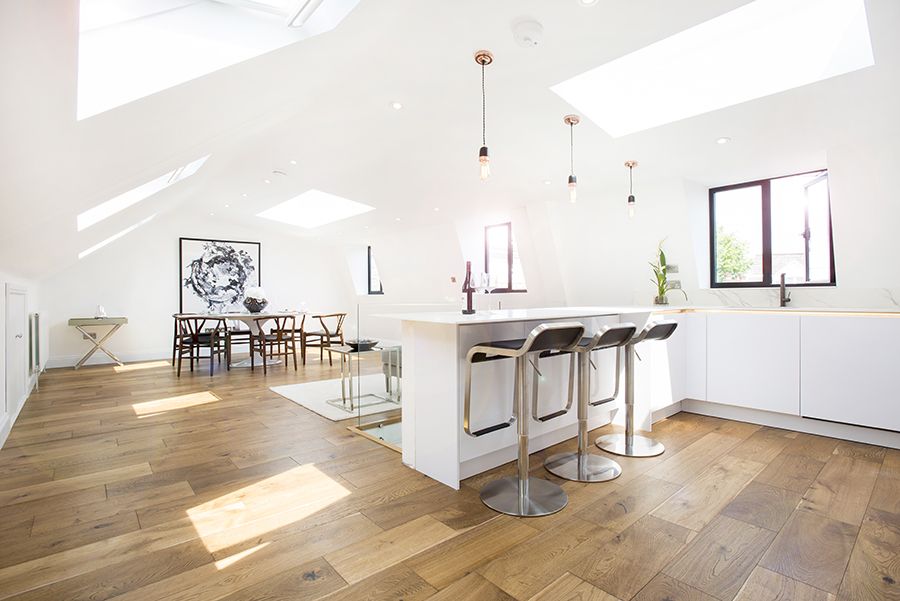
Budget and Fees
Fee Structure: Interior designers typically charge fees based on an hourly rate, a flat fee, or a percentage of the project cost. Understanding their fee structure helps you manage your budget effectively while ensuring it aligns with your financial expectations.
Cost Control: Discuss their strategies for controlling costs and handling design changes or unexpected expenses that may arise during the project, as this proactive approach can help prevent budget overruns and financial surprises.
Value for Money: Beyond cost, consider the value they bring to your project in terms of design excellence, functionality, and long-term satisfaction with the result, ensuring your investment yields both aesthetic and practical benefits for years to come.


